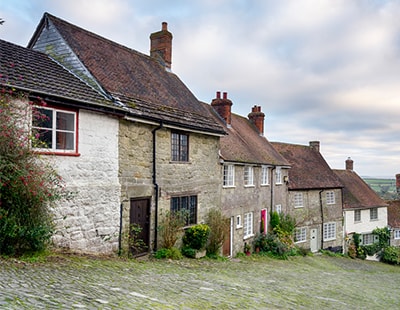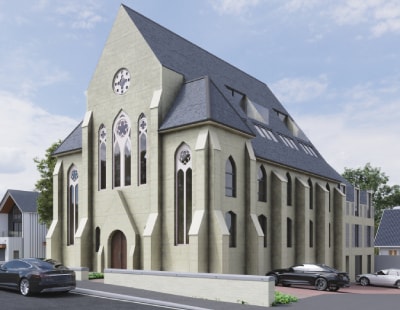These applications include plans for building new homes, hospitals, hotels, car parks and wind turbines, as well as extensions to existing properties and proposals to create landfill sites and waste industries. On average, each planning application faces 2.2 objections.
Further research, carried out by Opinium among 2,000 UK adults in September 2019, highlighted the issues that Brits feel they are in their right to object to, with private rights of access (51%) the most commonly-cited reason. Loss of view and land and boundary disputes were in equal second (both 50%).
A negative impact on property value (43%) and the impact of construction works (39%) completed the top five of issues that might encourage people to embrace NIMBYism.
Where are the highest numbers of planning applications and objections?
On a regional basis, the research found that the East of England is home to the highest number of planning applications per 1,000 residents, with 19.3 applications per 1,000 over the last three years. This is closely followed by Northern Ireland (18.7 per 1,000) and the South East (18.1 per 1,000).
London, on the other hand, has received the highest number of objections, with a huge 482,000 raised since 2017 – over a quarter (26%) of all the objections noted. In total, 55 objections have been raised in the capital since the beginning of 2017 for every 1,000 people living there.
The South East has also seen a large number of objections raised in the last three years (441,000, or 49 per 1,000), followed by the South West (200,000, or 39 per 1,000) and the East of England (170,000, or 28 per 1,000).
When it comes to the highest number of complaints for a single application in the past three years, South Lanarkshire Council in Scotland takes the crown, with more than 7,000 people registering their objections to the Hamilton incinerator (commissioned in 2013) in 2017.
Although 54% of UK adults believe councils do not take enough notice of residents’ objections when determining planning approvals, the Hamilton project was eventually abandoned in June 2019 following one in every 45 people living in the area complaining about it – which suggests NIMBYism does have an impact.
Other areas which saw a high volume of objections registered for a single planning application include Newcastle-upon-Tyne (3,937), Swale (3,734) and Aberdeenshire (3,004).
Craig Rixon, head of Churchill Home Insurance, said: “The environment in which we live is constantly evolving. Whether it be homes needing to expand for growing families or changes to towns and cities to cope with demands, planning permission is at the forefront of it all.”
He added: “Although many new developments like hospitals and car parks are used by most of society, it is understandable that people would not want them to be situated close to their home. Not everyone can afford to or wants to move, so often we are left with no choice but to complain about the unwanted facility.”
Research earlier this year actually found that new housing developments – often hated by local residents for harming their house prices and, as a result, a magnet for NIMBYs – might actually increase property values in the local area.
It found that 17 of the top 20 areas for new homes built between 2011 and 2017 enjoyed house growth higher than the national average of 26.4% during this same period. Cambridge and Milton Keynes – which both had high volumes of new-build homes built during the six-year period above – experienced house price rises of 62% and 61% respectively, according to the research by online property lender Blend Network.
Despite this, it seems highly likely that objections to planning permission applications will continue to be significant in the coming years, especially as the government desperately tries to meet its pledge of 300,000 new homes a year by the mid-2020s.
The table below shows the top 10 councils in the UK with the highest number of complaints for a single planning application:
|
Rank
|
Council
|
Number of complaints received
|
Year complaints were made
|
|
1
|
South Lanarkshire, Scotland
|
7,080
|
2017
|
|
2
|
Newcastle upon Tyne, North East
|
3,937
|
2019
|
|
3
|
Swale, South East
|
3,734
|
2018
|
|
4
|
Aberdeenshire, Scotland
|
3,004
|
2018
|
|
5
|
East Riding of Yorkshire, Yorkshire
|
2,582
|
2019
|
|
6
|
Falkirk, Scotland
|
1,858
|
2019
|
|
7
|
Royal Borough of Windsor and Maidenhead, South East
|
1,705
|
2017
|
|
8
|
Mid Ulster, Northern Ireland
|
1,505
|
2018
|
|
9
|
North Lanarkshire, Scotland
|
1,460
|
2018
|
|
10
|
London Borough of Richmond upon Thames
|
1,425
|
2018
|
Source: Churchill Home Insurance 2019









.png)










Join the conversation
Be the first to comment (please use the comment box below)
Please login to comment